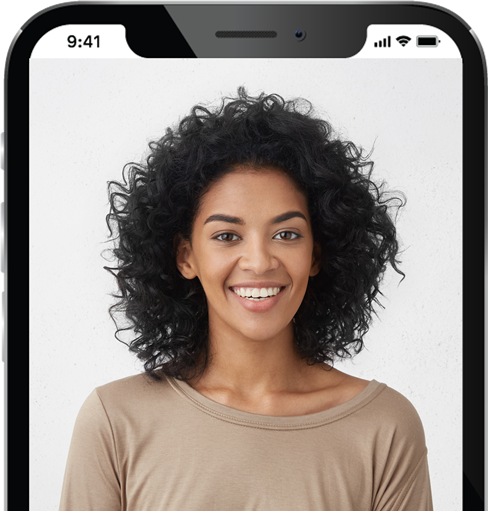The secret behind Cheryl Cole’s smile isn’t simply genetics. It’s down to a new and almost invisible tooth-straightening device which claims to perform a similar duty to Ugly Betty-style train tracks. So easy on the eye are these transparent braces that an increasing number of adults are opting to get their wonky teeth straightened. A well-known newscaster even wears his while reading the news.
”I didn’t tell my parents for a month and they didn’t notice,’’ says actress Gemma Haupt who has a straightening device.
Close up, it is just possible to detect the braces, which slip over the teeth rather like tooth whitening trays. ”You get a lot of close looks and close friends notice, but from a distance you don’t,’’ says Jane Maxwell, a 40-year-old mother of four.
Dr Graham Tinkler recommends invisible devices for patients with gappy, overcrowded teeth. ”They can also create a broader smile by widening out the teeth, as well as closing the gap between the front teeth,” she says.
The patient receives three custom-fitted sets at a time, each designed to shift teeth a fraction. The first is worn for a fortnight and then replaced by the following two at two-week intervals. After six weeks, the patient returns to the dental clinic for a check-up and to collect the next three sets. The process can last from six to 18 months, and usually costs between £1,995 and £4,500.
Before taking the plunge, patients can view a computer generated image of how the teeth will look. ”We can separate the teeth into two separate arches, look at the teeth from the side and the back, and see what movements are possible,’’ says Dr Tinkler. ”For some I may do four or five different choices – quicker and slower options.’
Where invisible braces are less effective is if a tooth is rotated or twisted. In more complex cases, additional, less subtle fittings are attached to the teeth.
But generally pain is less than with fixed braces because the movements are more precisely controlled, with each aligner being adjusted by fractions of a millimetre, rather than cranked up as with traditional train tracks.
But there are downsides. ”It does feel strange at the start,’’ Jane says. ”And I sometimes got a slight headache.”
And there’s the hassle of taking them out with every meal and hot drink. Other than that, the braces are worn all the time and the retainers should be worn after treatment has finished. A year is the standard requirement but Dr Tinkler believes it should be longer.
“One of the problems I see is keeping teeth straight afterwards,” she says. “We don’t know whose are going to move, some will do so more than others, so I would say a retainer should be used indefinitely.”
By Emma Hill
Britons were once known for having the worst teeth in the world, but that’s all changing thanks to Invisalign. It’s oh-so discreet, state-of-the-art system uses clear aligner trays – rather than braces–to get your chompers straight with minimum fuss. Eva Longoria Bastón, Tom Cruise and Justin Bieber are all fans.
One of UK’s leading orthodontists, Dr Graham Tinkler of Harley Street Dental & Implant Clinic, is responsible for many an A-list smile, and tells me: ‘I see it as the nice side of dentistry. It’s comfortable, and every time you see the patient they’re a little bit happier.’ Sold!
